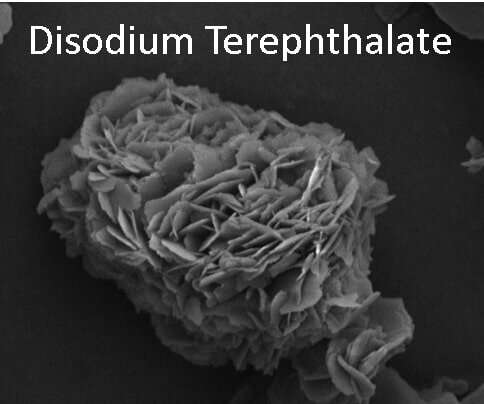Microwaves power new technology for batteries, energy

New battery technology involving microwaves may provide an avenue for renewable energy conversion and storage.
Purdue University researchers created a technique to turn waste polyethylene terephthalate, one of the most recyclable polymers, into components of batteries.
"We use an ultrafast microwave irradiation process to turn PET, or polyethylene terephthalate, flakes into disodium terephthalate, and use that as battery anode material," said Vilas Pol, a Purdue associate professor of chemical engineering who has worked with the Purdue Research Foundation Office of Technology Commercialization to develop several battery technologies. "We are helping to address the growth in the proliferation of renewable energy conversion and storage, which stems from the societal attention and increasing awareness of climate change and energy resource limitation."
The Purdue team tried the approach with both lithium-ion and sodium-ion battery cells. They worked with researchers from the Indian Institute of Technology and Tufts University. The battery technology is presented in the journal ACS Sustainable Chemistry & Engineering.
Pol said that while lithium-ion technology is currently dominating both the portable electronics and electric vehicles market, sodium-ion battery research also has gained significant attention due to its low cost and appealing electrochemical performance in grid applications.
"The applicability of the microwave technique on organic reactions has gained attention in recent times due to its advantage of the rapid reaction process," Pol said. "We have accomplished the complete conversion of PET to disodium terephthalate within 120 seconds, in a typical household microwave setup."
Pol said the materials used in the Purdue technology are low-cost, sustainable and recyclable.
More information: Sourav Ghosh et al, Rapid Upcycling of Waste Polyethylene Terephthalate to Energy Storing Disodium Terephthalate Flowers with DFT Calculations, ACS Sustainable Chemistry & Engineering (2020). DOI: 10.1021/acssuschemeng.9b07684
Provided by Purdue University



















